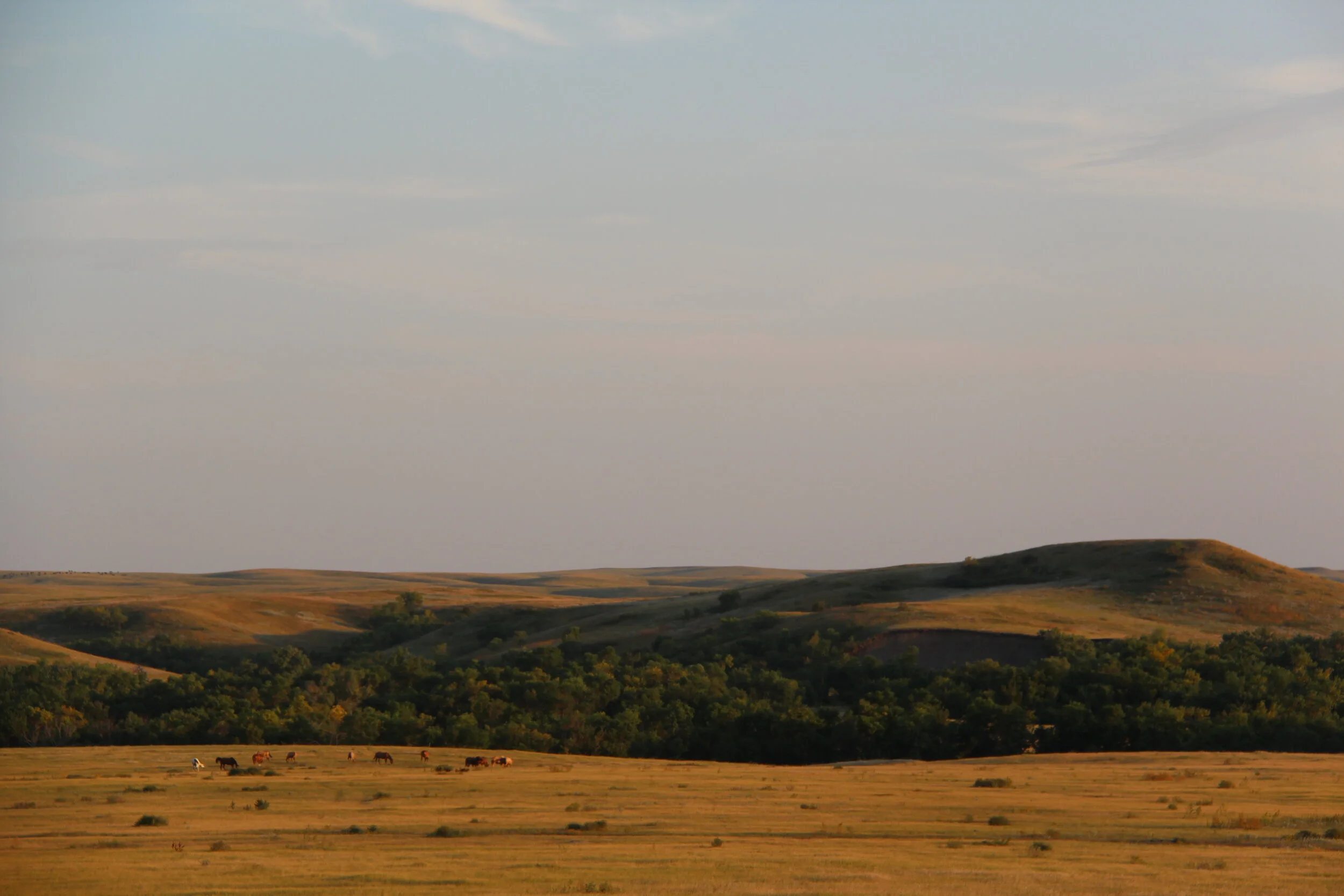
La Plant Oral History
The La Plant Oral History Project
The following videos are a series of interviews conducted from 2014 to 2015 in the town of La Plant on the Cheyenne River Sioux Tribe Reservation, located within South Dakota. Generously supported by the College of Arts and Sciences and the English Department at Fairfield University, the project is the result of our cooperative partnership with the community of La Plant and the Cheyenne River Sioux Tribe.
episode one: We are Lakota
As Lakota, the people of La Plant believe that their identities in daily life are at all times intertwined with the sacred. But in the late 19th century, by U.S. law, they were forbidden from engaging in Lakota spiritual practices. Only in 1978 was this law lifted. As the stories show, daily spiritual practices and participation in sacred rituals continue to heal and strengthen personal, communal and cultural identity.
“I feel like I’m somebody...having a Lakota name. I feel more meaningful.”
episode two: Politics
Grounded “in traditional spirituality, culture, language and history,” the activist organization AIM (the American Indian Movement) was founded in 1968 and was part of the Red Power movement of the Civil Rights Era. AIM’s goal then and now is to fight on behalf of Native Nations for tribal sovereignty.
“I did not know I had a law against my religion.”
episode three: Early memories
Individuals featured in this episode either grew up in La Plant, other towns of the Cheyenne River Sioux Tribe Reservation, the Standing Rock Reservation, or a town just outside of the Reservation.
“I was born in 1934... This was during the Dust Bowl Era, they call it. But I was born in a log cabin, 8 miles north of La Plant. This was along the Virgin Creek...at that time, they’d tell me that water was very scarce.”
episode four: American Indian boarding schools
Indian boarding schools were introduced in the late 19th century. They were replicated throughout Indian country by the U.S. Government and private mission schools. Their educational goals only began to end in the late 1970s.
“As soon as they got there, they had to cut their hair. And then they were drenched in kerosene to get rid of the lice they said they had... My mother said she never did have lice.”
episode five: wakanyeja: "sacred little ones"
The people of La Plant have dreams of a beautiful future for their culture, a future grounded in Lakota traditions and values. The community is working to provide cultural activities for the children to affirm and take pride in who they are: Lakota.
“The purpose of the Chief’s Ride is to help the community, the children, and the adults...to regain the culture...using the horse as a means to teach the kids because that’s how their forefathers traveled across this country.”
In partnership with the College of Arts and Sciences at Fairfield University, and the community members of La Plant who long to preserve the Lakota culture.

